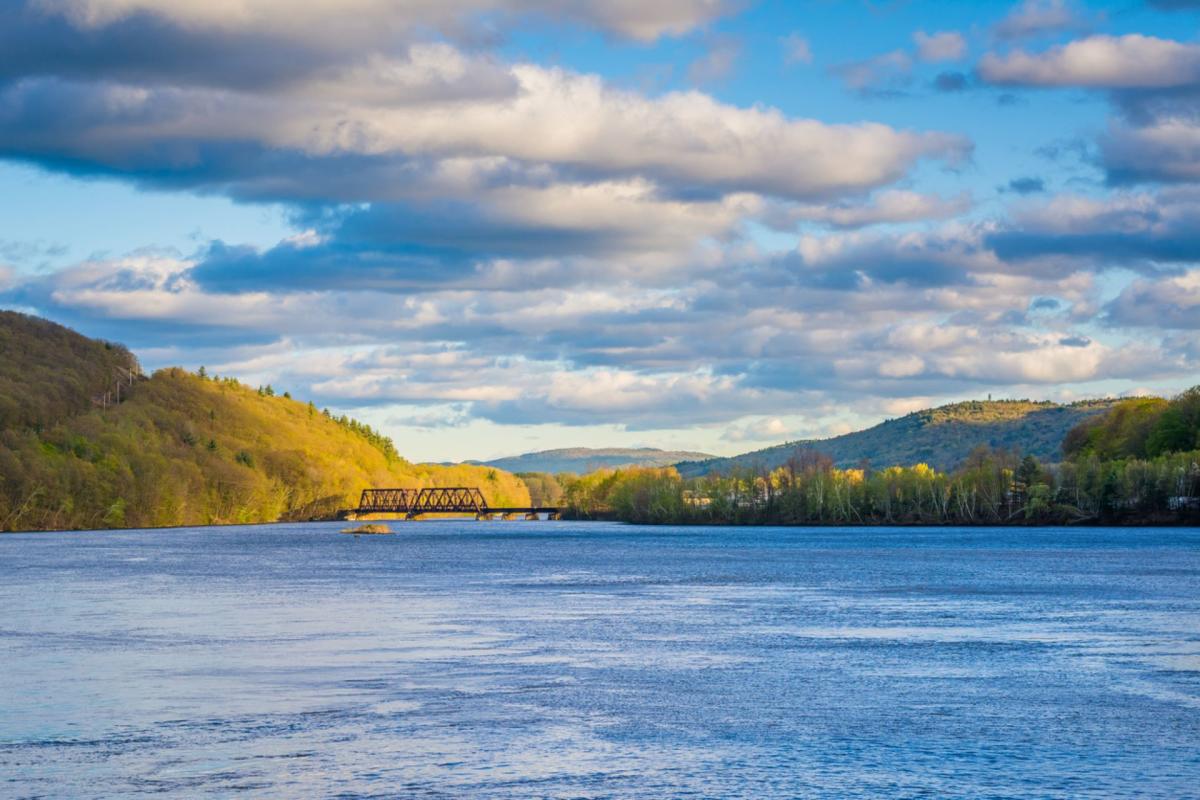
An ancient fish, the shortnose sturgeon, was found to be living in an area where it hasn’t been spotted in decades.
Scientists this summer discovered traces of the fish — which has been around for 70 million years — in the Connecticut River, Vermont Public reported in October. The environmental DNA samples came from between the Turners Falls Dam in Massachusetts and the Bellows Falls Dam on the Vermont-New Hampshire border, about 40 miles north.
“It’s not just one fish,” Kate Buckman of the Connecticut River Conservancy said. “We can say it’s not just one fish, but we can’t give you a number.”
Advertisement
Advertisement
The process used to detect the fish was involved. James Garner, a doctoral candidate at the University of Massachusetts, Amherst, free-dived to the bottom of the river to collect water in bottles, hoping to capture just a cell or portion of a cell from the sturgeon. He returned to the surface to hand off the samples to Buckman — over and over again.
That’s all the genetic material it took to identify the species.
“I can’t really overstate how powerful this technique is,” Garner told Vermont Public.
Watch now: What’s the true environmental impact of renewable energy?
The research team spent weeks trolling the depths where the sturgeon eat, and it analyzed samples from other expeditions, too. If they turn up enough evidence, they can estimate the population and distribution of the sturgeon.
Advertisement
Advertisement
The creatures have been around since the Cretaceous period, when dinosaurs roamed Earth and the climate was much warmer, as the Natural History Museum explained. The Western Interior Seaway also split North America in two back then.
The shortnose sturgeon lives 30 years, reaches 4 1/2 feet in length, and weighs 50 pounds, per NOAA Fisheries. They were overfished by the late 1800s, and habitat loss, water pollution, and dam construction, among other stressors, have contributed to their disappearance from certain waterways.
Shortnose sturgeon have five rows of bony plates along their bodies and four whisker-like barbels on their snout. They are an endangered species, and conservationists are working to protect their habitats. That could be especially important in this stretch of the Connecticut River in southern Vermont, where the primitive fish have only been observed anecdotally for years — but never confirmed.
“If we aren’t acknowledging that the fish are there in the first place, none of that gets put into play,” Buckman told Vermont Public.
Join our free newsletter for good news and useful tips, and don’t miss this cool list of easy ways to help yourself while helping the planet.
EMEA Tribune is not involved in this news article, it is taken from our partners and or from the News Agencies. Copyright and Credit go to the News Agencies, email news@emeatribune.com Follow our WhatsApp verified Channel




